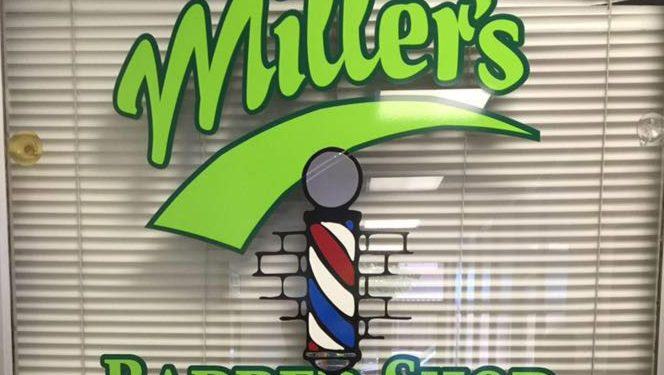By Rachel Steffan
Since reopening six weeks ago, area hair salons and barbershops have taken on a new “look” to keep their clients safe from the novel coronavirus.
Gov. Tom Wolf’s guidelines for the COVID-19 green phase states that businesses must facilitate a new normal, which restricts building capacity and business practices to ensure the spread of disease remains at a minimum.
For hair salons and barbershops, this means 50 percent building occupancy with entrance upon appointment only, safe distancing, masks for both employees and customers and regularly disinfecting work spaces.
All of these changes have an impact, but the nix on walk-ins stands out significantly for salons and barbershops.
This mandate assists in social distancing expectations, but it means people have to adapt to planning ahead for a hair appointment.
Stylist and Owner of Clearfield Hair House, Ginny Anderson, said, “It’s been hard on clients because of convenience, especially the men who used to stop in on Saturday mornings.”
Once a walk-in only establishment, Sarah Miller’s Barbershop in Philipsburg, has had to undergo a complete overhaul.
Owner Sarah Miller found the transition to appointment-only to be particularly challenging. “People are used to just walking in and sitting down,” she said.
“But we are doing our best to accommodate clients and transition to appointments.”
Miller explained that, not only do they have to schedule for hair, but they must also put time aside for sanitization. “We wipe down chairs and door handles in between every client,” she said.
“We used to clean the bathroom once a day; now we clean it every time someone uses it.”
Clearfield Holiday Hair stylist, Melissa Hiester, however, has noticed a positive result of the appointment-only model.
“We’ve been booked solid every day. It makes business consistent and the whole salon runs more smoothly.”
Social distancing and scheduling changes have also had an impact on the financial side of salons and barbershops.
“In the past, if I had someone with foils on under a dryer, I could sit her down and work on another client,” Anderson said.
“This has affected us financially because you can’t work on more than one person at the same time.”
Payment method is also a logistical factor salons and barbershops have had to modify.
Cash is a thing of the past in the “new normal” way of life. Clients must pay with plastic, and stylists sanitize cards before returning them to their owners.
As a result of the previous stay-at-home order, all three stylists have seen plenty of “COVID cuts” and DIY color dos. “There have been some fun ones,” Anderson said.
“Some didn’t do too bad but others were very butchered.” Miller has seen little patches of hair missing and uneven sideburns.
Hiester pointed out that stylists and barbers are unable to work on facial hair and can only wax eyebrows, as the rest must remain under a mask. For the time being, facial hair remains at the mercy of the at-home cut.



